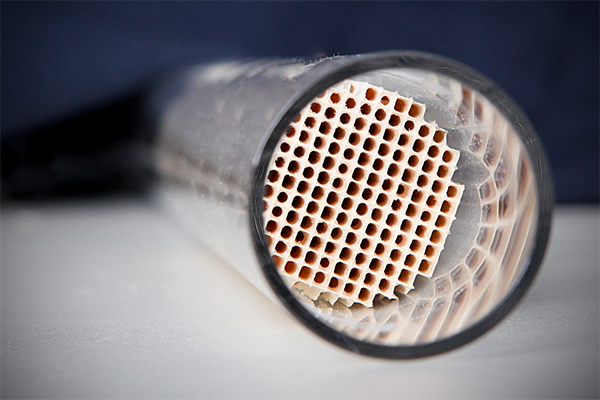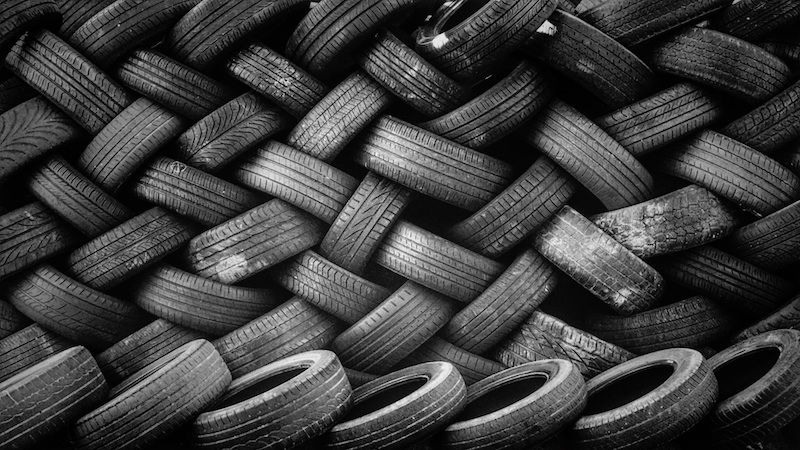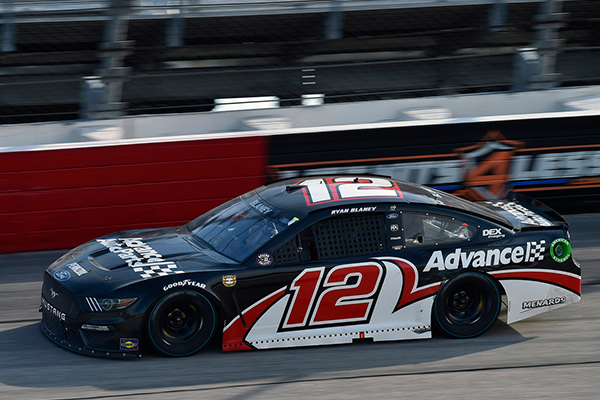Is your rear-wheel-drive vehicle vibrating every time you get on or off the accelerator? There are two major causes of vibrations: tires and wheels that are out of balance and, in rear-drive vehicles, worn u-joints. Universal joints (U-joints) are what allow for the up-and-down travel of the suspension as you go down the road in a rear-drive vehicle. Although they don't have a set lifespan, they are wear items that occasionally need to be replaced.
In rare instances, loose, broken, or worn suspension components can also cause a vibration. Like an out-of-balance wheel, however, this vibration will usually be there all the time.
Eliminating out-of-balance tires and wheels as the cause of vibration

Source | Public domain

Source | Author
Tires and wheels that are improperly balanced, such as a wheel that loses a weight, can cause your vehicle to vibrate. With tires and wheels that aren't balanced properly, this vibration will start out nearly unnoticeable and get worse as you go faster. Take a quick walk around your vehicle and check both sides of the wheels to see if any weights are missing. You'll see an outline of any missing weights on the wheel. Remember, it only takes a fraction of an ounce of out-of-balance weight to cause a nasty vibration. Sometimes, a slightly out-of-balance wheel might cause a vibration that will show up only at a certain speed range but not at a faster or slower speed.
U-Joints: What they are and what they do
Source | Author
U-joints are shaped like crosses and connect the transmission and rear end/differential to the driveshaft. The tips of the cross are finely ground and polished and fit inside cups. These cups are lined with small vertical rods called needle bearings. These bearings allow the caps to rotate on the polished ends of the u-joint as the driveshaft rotates and the vehicle moves up and down on the road.

Source | Author
Some u-joints are sealed, but many have a grease fitting and must be greased at regular intervals. Even with proper maintenance, they fail over time, especially if they've been subjected to severe usage. What usually happens is that the lack of lubrication causes needle bearings to start wearing away. When this happens the polished tip can bounce around inside the cup. This is the vibration you feel as you speed up and slow down.
Why a bad u-joint won't cause a vibration all the time
As long as you're moving down the road your driveshaft is turning. If out-of-balance tires cause a constant vibration, one might think that so should a bad or worn u-joint. Actually, most u-joints won't cause much of a vibration if you're just coasting or cruising at a steady speed, because there's no load on them.

Source | Author
Although the driveshaft and u-joints are still rotating, there's no big difference in force being supplied and used. Momentum is doing most of the work. When accelerating and decelerating, however, there's enough load on the driveshaft and joints to cause vibrations that will increase and decrease with vehicle speed. It will be most pronounced when first stepping on the throttle hard and when the brakes are firmly applied.
There may be other symptoms you're ignoring as “normal"
If you've got an automatic transmission, there may be a symptom of a worn or wearing u-joint you've ignored. Many people will feel and hear a “clunk" when shifting into first or reverse. With a manual transmission, you may feel but ignore a slight “chunk" when releasing the clutch in first or reverse. This isn't normal; it's a worn u-joint. You might also notice this clunk as you step on the gas or let off on the gas pedal. In some cases, you can even sense the excessive slop in the driveline through your right foot on the accelerator.
U-joints with no play might still need to be replaced
Look closely at the u-joints. You should see an undamaged rubber or plastic seal between the cup and the center of the joint. Even if the joint is otherwise still fully functional, it should be replaced, as it will fail in much less time than normal.







